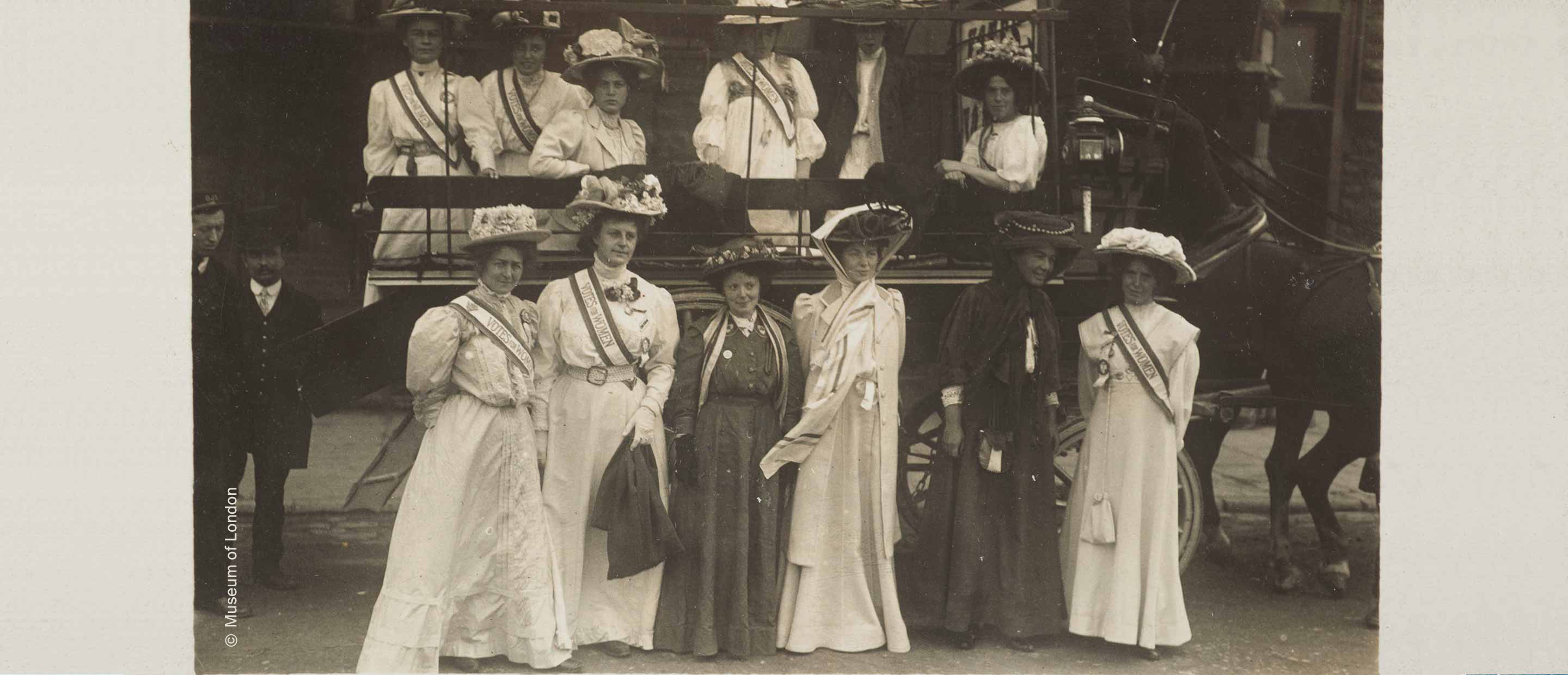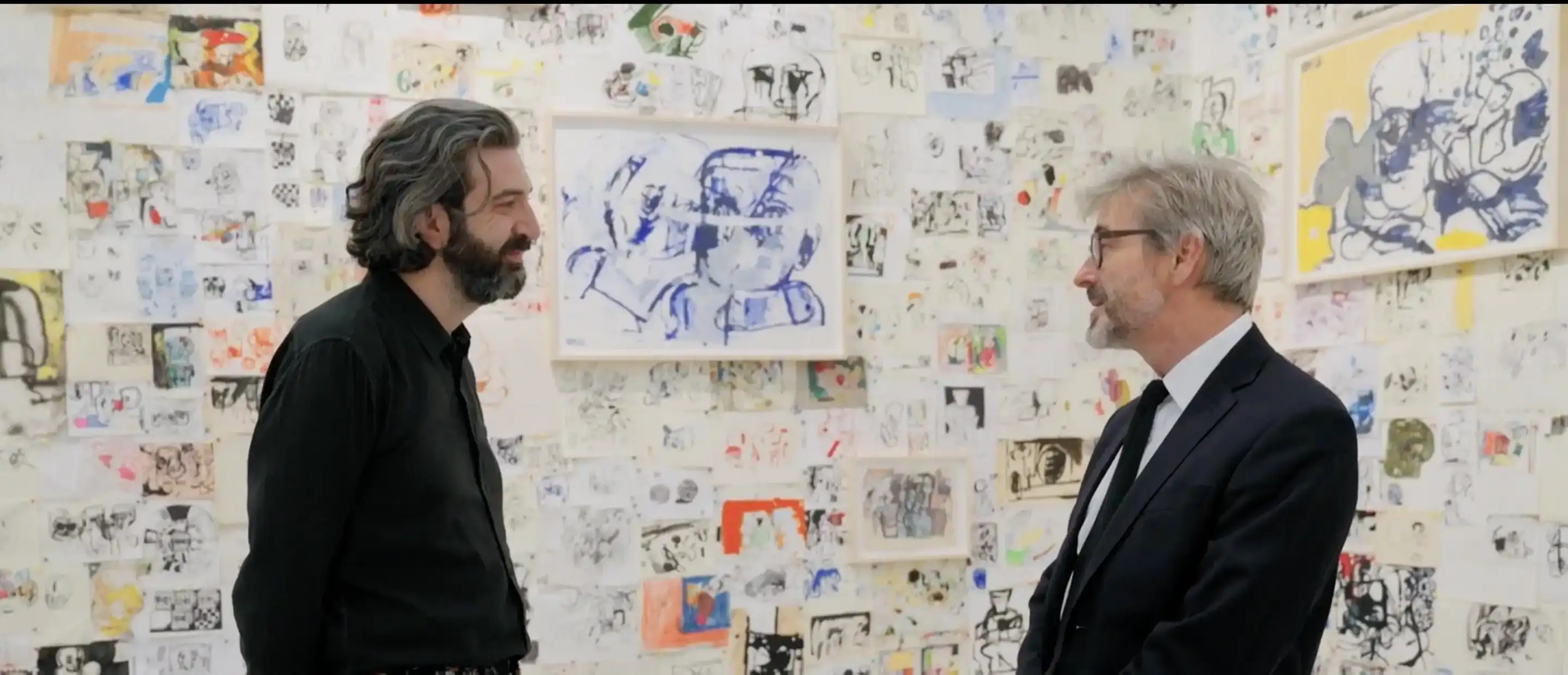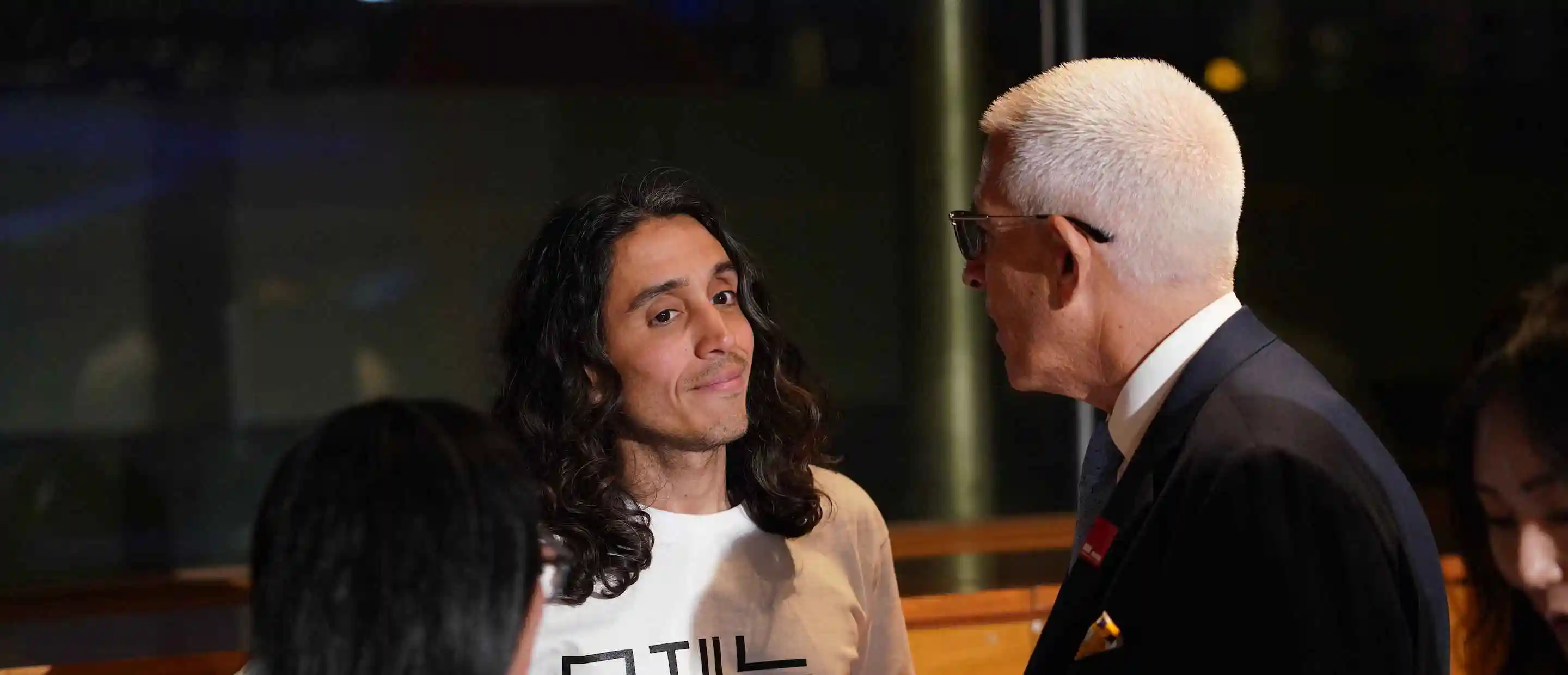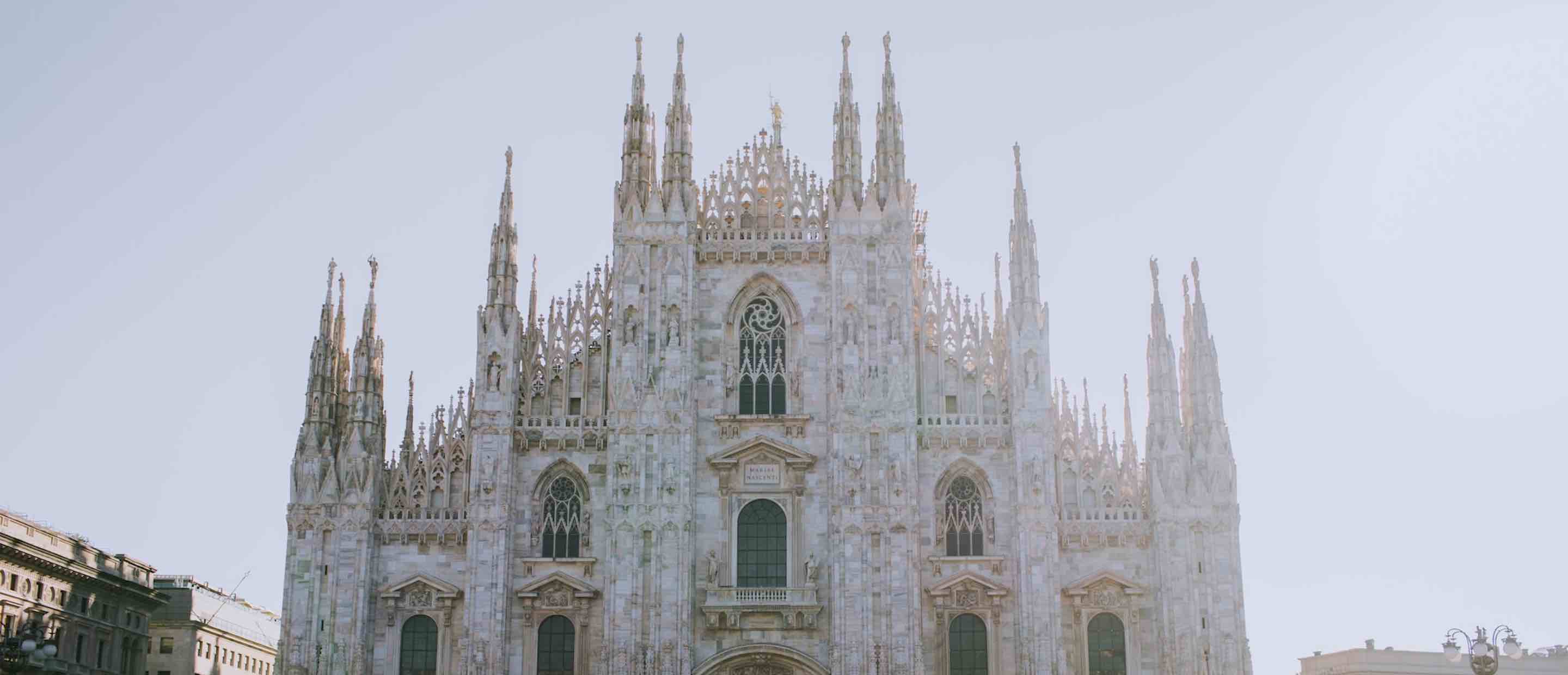To mark 100 years of women’s suffrage, Tracey Emin has curated a show of work by female artists from the Deutsche Bank collection at Frieze London and Frieze Masters. Anny Shaw reports from the Deutsche Bank Wealth Management lounges.
A 1907 photograph of “a Lancashire lass in clogs & shawl” being escorted by police from a demonstration outside the House of Commons in Westminster and a cartoon of a stern-looking woman in a meeting hall full of men being asked if she will “go quietly” or be thrown out “by force” are just two examples of some 60 suffragette postcards that will go on show as part of Another World, the exhibition at this year's Deutsche Bank Wealth Management lounges at Frieze London and Frieze Masters.
The postcards are being reproduced in collaboration with the Museum of London, which holds the world’s largest collection of material related to the militant wing of the suffragette campaign. In 1926, former members of the Women’s Social and Political Union (WSPU) and the Women’s Freedom League (WFL) came together as the Suffragette Fellowship “to perpetuate the memory of the pioneers”. In 1950, they offered their collection of memoirs and archives to the then London Museum.
The Deutsche Bank Wealth Management Lounges will offer a unique opportunity to view postcards promoting both sides of the struggle. Many of the works for the pro-suffrage campaign were produced by two artist groups, Suffrage Atelier and the Artists’ Suffrage League.
On the other side of the political fence, satirical postcards mocked suffragettes, often de- picting them as harridans or as wives and mothers who had abandoned their duties. “They were less formal ‘anti-suffrage’ and more like comic postcards. They were incredibly popular,” Cook says.
With up to seven postal deliveries a day in some parts of Britain, postcards were an effective form of communication. “They were cheap and would often carry very short messages, like ‘See you tomorrow at 2pm’. The telephone was not widely used at the time,” Cook explains. The WSPU and the WFL, which had suffrage shops in nearly every high street, with 19 branches in London alone, were popular outlets.
So just how effective were the postcards? Financially, they “added to the suffragettes’ war chest”, Cook says, noting that the sheer number in the museum’s collection (several hundred) indicates their success. “The fact that they have found their way into museum and gallery collections is proof of their currency.” Not only that, but they have also inspired a new generation of contemporary artists to produce postcards. As Cook points out: “The campaign is still as relevant today; it’s just a different battle. In essence, it’s all about women working together to become a force for change.”
They were less formal ‘anti-suffrage’ and more like comic postcards. They were incredibly popular
Beverley Cook
Curator of Social and Working History, Museum of London.
A quarter of the 2,694 artists in the Deutsche Bank Collection are women – higher than the 4% at the National Gallery of Scotland and 20% at the Whitworth in Manchester, though less than the 35% at Tate Modern. However, Mary Findlay, International Curator in Deutsche Bank's Art, Culture & Sports division, acknowledges there is still work to be done. “We are always looking to buy more works by women,” she says. “Diversity and promoting women is something that Deutsche Bank is vocal about. This exhibition is a good way to continue that conversation.”
With the advent of the #MeToo movement and the centenary of women’s suffrage, the art world certainly appears to be changing. So what advice would Emin give to young female artists trying to forge a career today? “Use really good contraceptives,” she quips. “Don’t sleep with gallerists or anybody who could enhance your career. Try to be logical in all your arguments and if that doesn’t work scream the house down. Work every hour God sends.” But most important of all? “Do not compare yourself to anybody.”
Anny Shaw is a London-based writer and editor specialising in arts and culture. This article first appeared in the Summer 2018 issue of LUX magazine.









